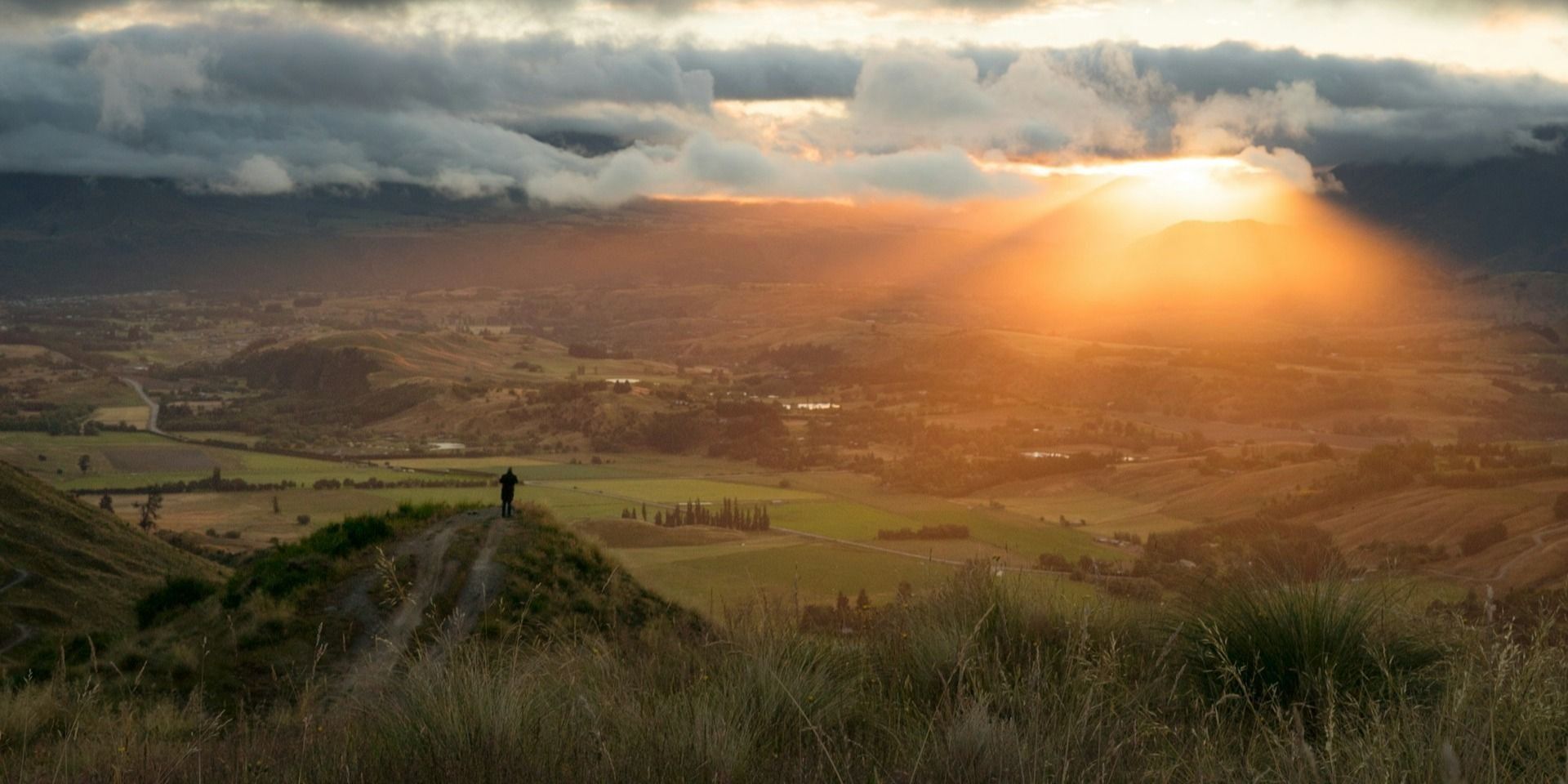5 Unique Funeral Traditions from Around the World

In the United States, we are all familiar with our own traditions and ways of memorializing the dead—typically with traditional burial or cremation. However, around the world, funeral traditions are deeply ingrained in many cultures, all of which are influenced by a plethora of values and beliefs.
This month, we’re taking a look at the unique funeral traditions of five countries around the world.
Green Burials – United States
We’ll start close to home with green (or natural) burials, which emphasize environmental sustainability. The body is not cremated or prepared with chemicals such as embalming fluids, but instead placed in a biodegradable coffin or shroud. According to the Funeral Consumers Alliance, the goal is the complete decomposition of the body and its natural return to the soil.
While not a new practice, green burials are becoming more popular as the demand for sustainable practices grows. There are now several hundred conservation preserves, natural burial grounds, and hybrid cemeteries throughout the US, including in Verona, Waukesha, and Milwaukee.
Fantasy Coffins – Ghana
In Ghana, death is seen as a transition to the spiritual realm of one’s ancestors. Coffin makers known as “fantasy coffin makers” create elaborate coffins in the form of animals, cars, ships, foods, and other objects.
According to CNN, “they [coffin makers] make coffins for families who believe that life transcends death and that the deceased will continue with his or her profession in the afterlife.”
The deceased are buried in a coffin that reflects the job they held while alive, so they will never forget where they came from or what they left behind.
The Turning of the Bones – Madagascar
Famidihana, or “the turning of the bones,” is a sacred ritual practiced by some ethnic groups in Madagascar. The Malagasy people believe there is a close bond between the living and the dead, and that ancestors serve as intermediaries between the living and God.
According to CNN, Malagasy tradition holds that the dead do not move on immediately, but remain in the world of the living until their bodies are fully decomposed.
This ritual occurs every five to seven years, where corpses are removed from crypts, wrapped in fresh silk, and celebrated through dancing, drinking, and music before being returned to rest.
Hanging Coffins – The Philippines
In the Mountain Province of Sagada, members of the Igorot tribe bury their dead in hanging coffins, which are nailed to cliff faces high above the ground—a practice dating back over 2,000 years.
Beliefs include:
Bringing the deceased closer to ancestral spirits
Protecting the remains from animals or enemies
Preventing the bodies from rotting as quickly
Though now less common, this tradition is still practiced today on a smaller scale.
Jade Burial Suit – Han Dynasty of China
Jade burial suits were used by Chinese royalty in the Han Dynasty, constructed with over 2,000 plates of jade and sewn with gold and silver thread. These suits were thought to preserve the body and ward off evil spirits in the afterlife.
First documented around AD 320, but likely in use earlier
In 1968, the tomb of Prince Liu Sheng and Princess Dou Wan was discovered wearing jade suits
Production was halted in AD 223 to prevent tomb looting
Though rarely practiced today, jade suits remain a symbol of honor, protection, and wealth in ancient Chinese burial practices.
Though many of these traditions are no longer widely practiced, they remain deeply ingrained in the cultures and beliefs of each country. In some, like Madagascar, families spend significant amounts of money on tombs and ceremonies—often more than they would on their homes.
The cost of a Malagasy funeral may not compare directly to that of a traditional U.S. funeral—but even here, families are often surprised by funeral expenses.
To help avoid surprises and ensure your wishes are honored, consider pre-planning your funeral. Reach out to our team for help getting started!